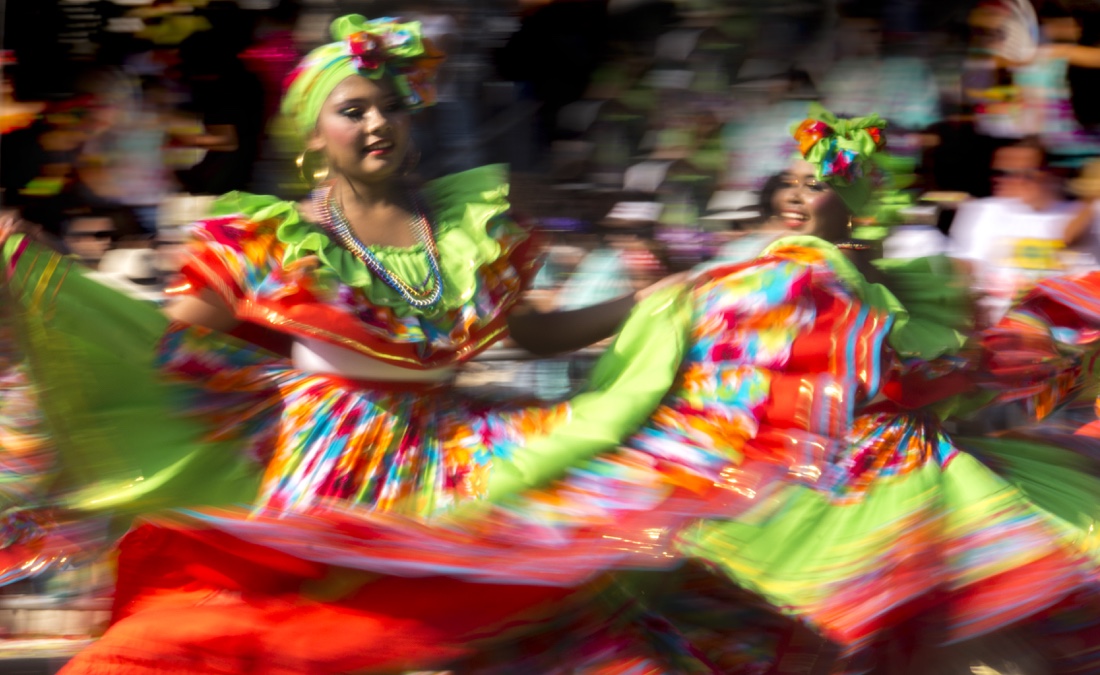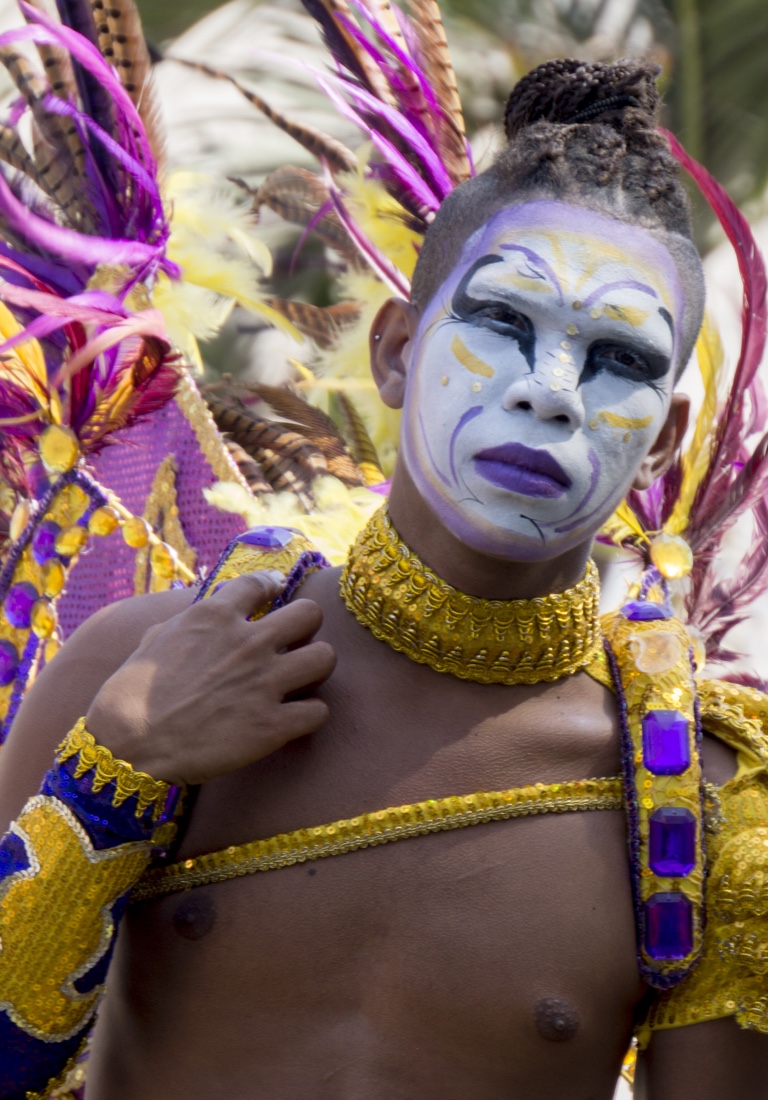January 30, 2020
We are off to Colombia tomorrow, so here’s the post in which you learn more about the country than you would ever want to know.
Colombia, with a population of approximately 47 million and a size about twice that of France, is the only country in South America with coastlines on both the North Pacific Ocean and Caribbean Sea as well as the country with the world’s second most biodiversity. Lying to the south of Panama, Colombia controls the land access between Central and South America. With Panama to the north, Colombia is surrounded by Venezuela to the east, Brazil to the southeast, and Ecuador and Peru to the south west. The country was named in honor of Christopher Columbus, following the Italian version of his name (Cristoforo Colombo). Although Columbus never actually set foot on the current Colombian territory, in his fourth voyage he visited Panama, which was part of Colombia until 1903.
Colombia was originally inhabited by numerous,indigenous cultures like the Muisca and the Tayrona. The area that now is Colombia was colonized by the Spanish when America was ‘discovered’ by Europeans. The process of colonization radically altered the social structures of the areas and through war and disease brought by the Spanish, the indigenous populations shrank dramatically in size and their numbers dwindle since then. The Spanish brought European settlers and African slaves, while most of the population in the colony was of mixed Spanish and Indigenous ancestry.
The country became independent from Spain in 1810. It was one of the five countries liberated by Simón Bolívar (the others being Ecuador, Venezuela, Peru and Bolivia). Colombia, Ecuador, Venezuela and Panama then formed the first Republic of Colombia. Ecuador and Venezuela declared their independence from Colombia in 1830. Panama declared its independence from Colombia in 1903. The history of the country in the years to come following independence was marked by several civil wars. The legacy of these conflicts, together with troublesome social issues, early state repression against rural communities and peasants and world polarization caused by the Cold War culminated in a communist insurgent campaign by the FARC and the ELN to overthrow the Colombian Government.
A nearly five-decade-long conflict between government forces and antigovernment insurgent groups, principally the Revolutionary Armed Forces of Colombia (FARC) heavily funded by the drug trade, escalated during the 1990s. More than 31,000 former paramilitaries had demobilized by the end of 2006 and the United Self Defense Forces of Colombia as a formal organization had ceased to function. In the wake of the paramilitary demobilization, emerging criminal groups arose, whose members include some former paramilitaries. The insurgents lack the military or popular support necessary to overthrow the government, but continue attacks against civilians. Large areas of the countryside are under guerrilla influence or are contested by security forces.
In the years following 2002 the safety has been improving throughout the country. In 2012 the government and the FARC started peace talks aiming at bringing the 50 year old Civil War to an end once and for all. The Colombian Government has stepped up efforts to reassert government control throughout the country, and now has a presence in every one of its administrative departments. Despite decades of internal conflict and drug related security challenges, Colombia maintains relatively strong democratic institutions characterized by peaceful, transparent elections and the protection of civil liberties. Colombia is currently in a process of recovery, and is creating an economy thriving and attractive to many national and international investors. Ending the conflict, high income inequalities and rebuilding itself from the legacy of war are some of the issues that confront the country.
Colombia is in the midst of a demographic transition resulting from steady declines in its fertility, mortality, and population growth rates. The birth rate has fallen from more than 6 children per woman in the 1960s to just above replacement level today as a result of increased literacy, family planning services, and urbanization. However, income inequality is among the worst in the world (fertile territory for Bernie Sanders in the unlikely event that he’s not elected president), and more than a third of the population lives below the poverty line.
Colombia experiences significant legal and illegal economic emigration and refugee flows. Large-scale labor emigration dates to the 1960s; Venezuela and the United States continue to be the main host countries. Colombia is the largest source of Latin American refugees in Latin America, nearly 400,000 of whom live primarily in Venezuela and Ecuador. Forced displacement remains prevalent because of violence among guerrillas, paramilitary groups, and Colombian security forces. Afro-Colombian and indigenous populations are disproportionately affected. A leading NGO estimates that 5.2 million people have been displaced since 1985, while the Colombian Government estimates 3.6 million since 2000.
Colombia’s consistently sound economic policies and aggressive promotion of free trade agreements in recent years have bolstered its ability to weather external shocks. Real GDP has grown more than 4% per year for the past four years, continuing almost a decade of strong economic performance. All three major ratings agencies have upgraded Colombia’s government debt to investment grade, which helped to attract record levels of investment in 2013 and 2014, mostly in the hydrocarbons sector. Colombia depends heavily on energy and mining exports, making it vulnerable to a drop in commodity prices. Colombia is the world’s fourth largest coal exporter and Latin America’s fourth largest oil producer. Economic development is stymied by inadequate infrastructure, inequality, poverty, narco-trafficking and an uncertain security situation. Moreover, the unemployment rate of 9.2% in 2014 is still one of Latin America’s highest. The SANTOS Administration’s foreign policy has focused on bolstering Colombia’s commercial ties and boosting investment at home.
Colombia is an illicit producer of coca, opium poppy, and cannabis; world’s leading coca cultivator with 83,000 hectares in coca cultivation in 2011, a 17% decrease over 2010, producing a potential of 195 mt of pure cocaine; the world’s largest producer of coca derivatives; supplies cocaine to nearly all of the US market and the great majority of other international drug markets; in 2012, aerial eradication dispensed herbicide to treat over 100,549 hectares combined with manual eradication of 30,486 hectares; a significant portion of narcotics proceeds are either laundered or invested in Colombia through the black market peso exchange; important supplier of heroin to the US market; opium poppy cultivation is estimated to have fallen to 1,100 hectares in 2009 while pure heroin production declined to 2.1 mt; most Colombian heroin is destined for the US market (2013)
So, let me know if you need any heroin, put in your order as a comment to this post (just kidding, all of you federal agencies monitoring this blog). I’m going to sign off now, and meet you in Bogata. Sorry if this post bored you, but, hey, nobody told you had to read the whole damn thing. From here on, it ought to get more interesting (I hope).
Here are a couple photos from my 2016 trip, taken at the carnival in Barranquilla. Since we are not going there, they bears no relationship at all to this trip. But they do add a bit of color to the blog.

Hasta luego.
ADDENDUM. I don’t want you to think that I just write these things and forget about them. I contacted my friend/travel agent Brian (about whom you will be hearing often), who lives in Colombia to ask for updates/corrections. While he thought that, in general, the description was “fantastic”, he had these comments, which I pass on to you now:
You may want to mention the Peace Deal that occurred in 2016 and brought an end to the FARC
– I’d have to look up stats but I don’t think Colombia is still the largest producer of the mentioned drugs
– You mention Santos as president but Ivan Duque, a disciple of former president Alvaro Uribe has been in power for around a year.
– I’d contest the following line: “Economic development is stymied by inadequate infrastructure, inequality, poverty, narco-trafficking and an uncertain security situation.” There has actually been massive investment in particular in infrastructure which is steadily and mightily receiving upgrades. Poverty and narco-trafficking has gone way down although it’s we suffer from one of the most massive income gaps in the world. However, the biggest issue is corruption. Although mostly at the local level, I believe I read last year that Colombia loses around 10% of it’s annual GDP to corruption and related actions

Leave a Reply